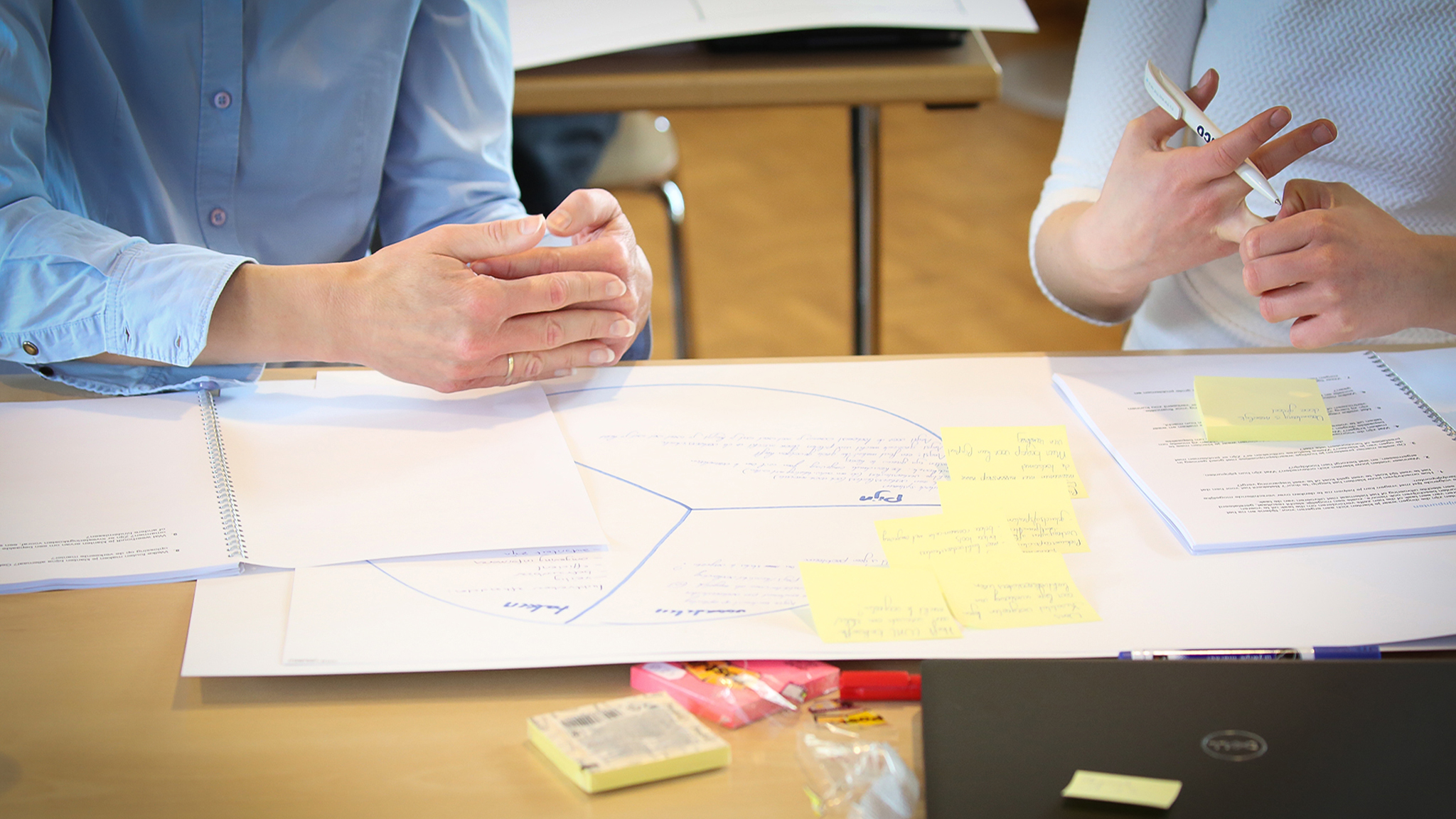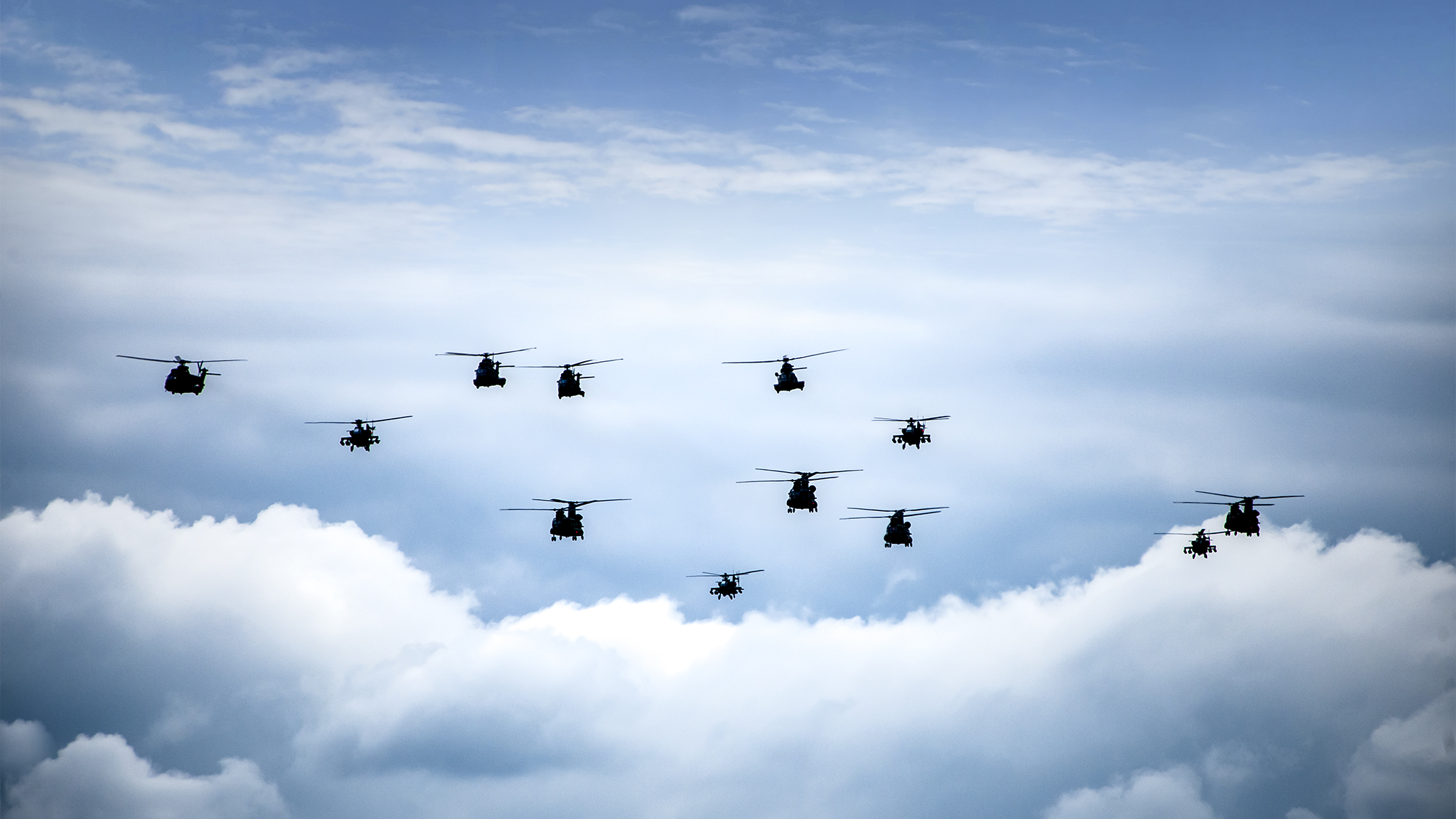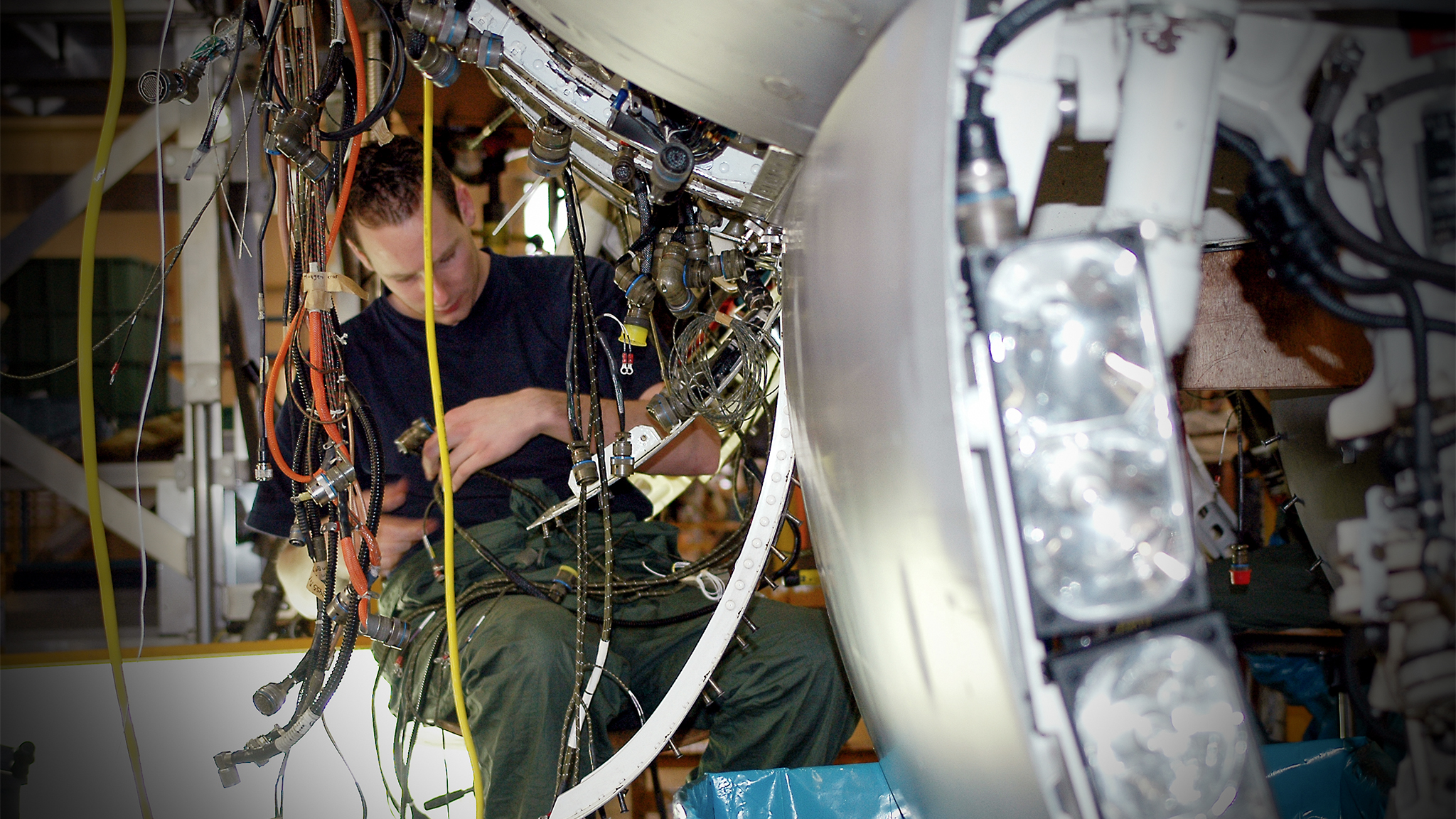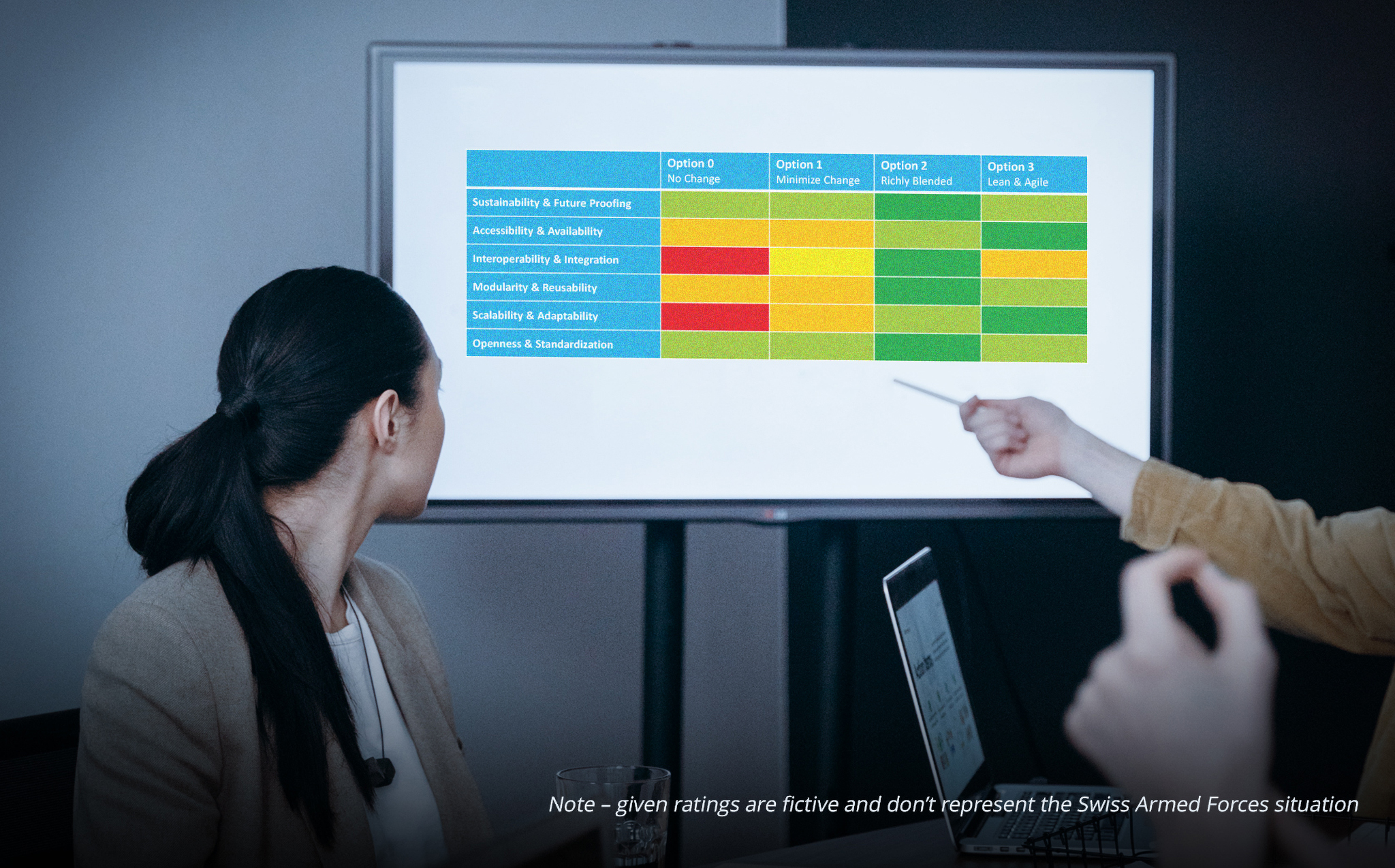
Training Needs Analysis (TNA)
The Training Needs Analysis is the beginning of a training design process. It provides insights into the trainees, their starting point and the intended end goal. NLR uses a competency based training approach to ensure the professional is prepared for a multitude of nominal and adverse situations. A competency contains skills, knowledge and attitudes that are necessary to exercise one’s profession in the operational context.
A completed TNA will contain:

Operational needs (core task / missions)
Any training to be developed ultimately needs to prepare for the operational job. A professional needs to perform tasks in a variety of contexts. Certain factors or a combinations of factors may create more demanding contexts than ‘standard operations’. Through workshops with subject matter experts, NLR finds out the operational needs of a specific function which are described by core tasks and missions.
Necessary competencies and skills
The necessary competencies and skills are analysed based on the core task of the profession. This guarantees a relationship with the necessary knowledge and attitudes that are required for task performance. The result is a task -oriented competency profile. The profile describes what is expected in the operational job. This is described with competencies, proficiency indicators and supporting knowledge, skills and attitudes.
Trainee’s starting point
A training session is often targeted to train a certain group of trainees. The current proficiency levels of the trainees are analysed regarding the competency framework. It is important to assess what variances are present in the group of trainees regarding previous training or operational experiences. The starting point of trainees is investigated by workshops with subject matter experts, such as instructors and operational workforce.
Training gap
The training gap is uncovered based on the competency framework and the starting point of the trainees. The training ultimately aims to bridge this training gap. The training gap is described by the difference in the starting and required proficiencies of competencies and the overall training goal. The differences are defined during workshops with subject matter experts.




